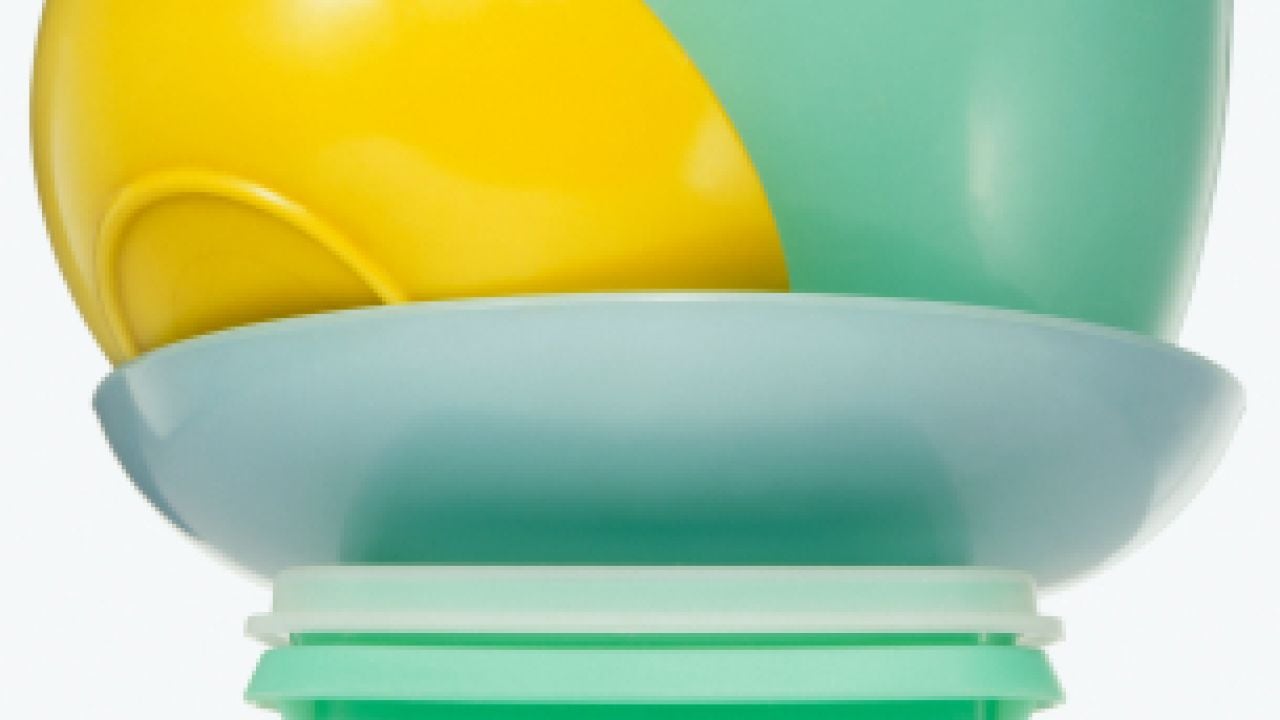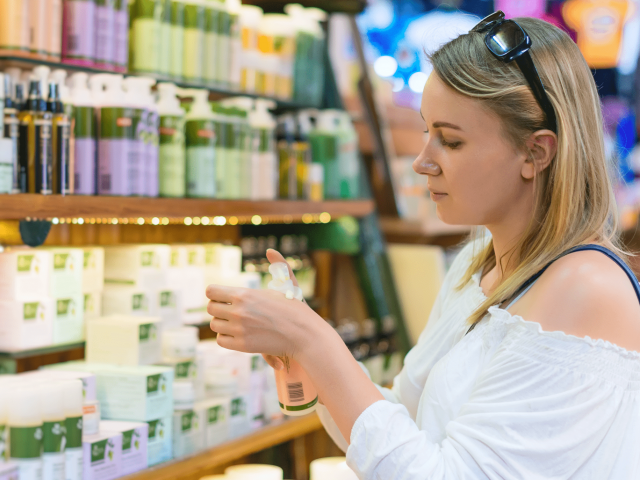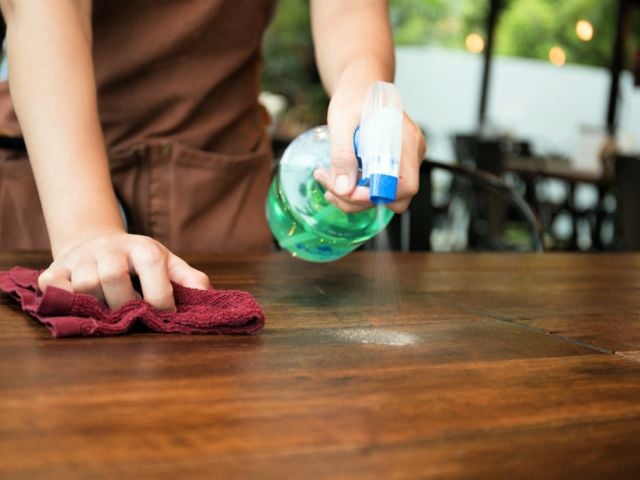
Plastics are cheap, useful and ubiquitous. They’re also made almost entirely from mixtures of synthetic chemicals that don’t occur in nature.
In addition to the core ingredients, plastics can contain additives that color, scent, strengthen or improve the durability of a product. It’s impossible to know exactly which chemical additives are in any plastic container, nor to ascertain whether they’re safe.
While chemical compounds let plastics to do some impressive things, some are hazardous. They can contaminate air, water, soil and the food chain when released during manufacture or incineration.
Researchers worry about the health hazards of something that many of us do every day: using plastics to heat and store food. Studies show that a complex mixture of chemicals leach from plastic food containers when they’re heated or exposed to UV light. In laboratory studies these chemical mixtures mimic estrogen, with unknown consequences for human health.
Other reasons for concern: Corporations use hormone-disrupting phthalates to soften PVC plastic and add fire retardants to plastic electronic items. The synthetic estrogen BPA, once common in plastic water bottles and baby bottles, is still used in the linings of most metal food cans. And perfluorinated chemicals are widely used to create a greaseproof layer in fast food packaging and food containers such as pizza boxes and candy bar wrappers.
Thankfully, we can lower the amount of plastic-related chemicals in our bodies, our homes and the environment – as well as the risks they pose – by simply using fewer plastics in our daily lives.
Read the full story here.



